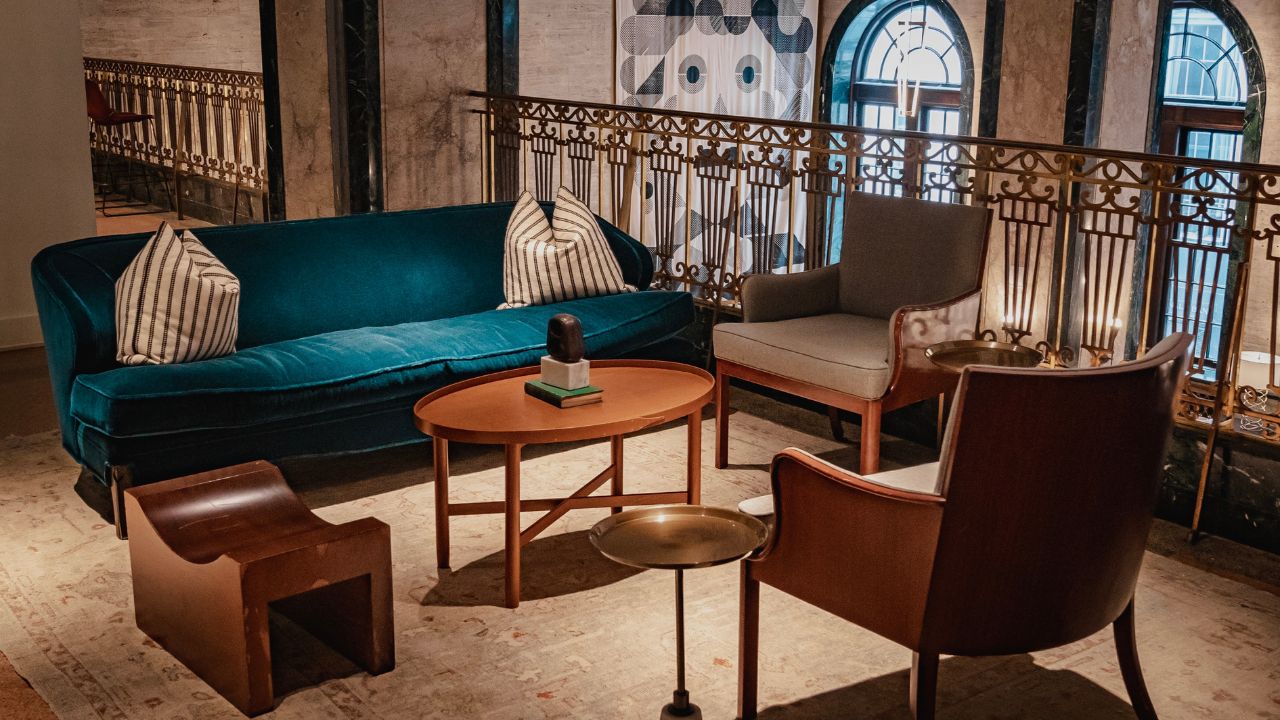Custom-made furniture is a stimulating adventure that lets homeowners, designer, and business owners realize their idea with their own unique pieces in their own design, based on requirements and space. The custom pieces of furnishings have some level of unique character, craft, and details that may not be available in the mass-produced brand. However, the bespoke furniture ordering process is very unlike purchasing off-the-shelf furniture.
Preliminary Consultation and Concept Development
It commences with a thorough consultation of both the client and the furniture maker or designer. The step entails the conversation with the client in terms of discussing what he or she wants, likes, wants to live in, and where. Clients also tend to carry inspirational photographs or drawings, as well as some samples of what is in mind. In this step, the measurements are made, the materials are discussed, and the general idea starts taking shape.
Design and Approval Stage
After the concept has been clarified, the furniture producer usually comes up with a design proposal. This can be in the form of technical drawings, computer renderings, and material samples of the final product in order to allow the client to visualize what they will be getting. This step is inclusive and possibly could go through multiple revisions depending on the feedback of the client. It is possible to change dimensions, finishes, and features before approval by the client.
Artisan Work and Process Flow
Construction is then started when the design has been completed. Hand-made furniture is built of highly detailed custom designs, and may be composed of top-quality material (solid wood, metal, leather, or marble). Production schedule will be based on the complexity of the work, the materials to be used, and the work that the maker of furniture likes to assume at the time of production. It is important to inform clients that they will have to wait longer than they would to buy non-customized products, as it takes a lot of time to make a custom item that includes handcrafted work.
Frequency and Quality Control
During the manufacturing stage, most custom furniture firms update on the progress in a timely manner. Depending on the provider, clients can be sent photos, progress reports, or even given the chance to visit the workshop. Close quality control of the pieces is implemented prior to delivery to give certainty that the pieces conform to the negotiated specifications and finishes. It is important that customers get a high degree of attention to detail in terms of joinery and stitching, as well as polishing and packaging.
Installation and Delivery
After packing, the work is done, the furniture is properly wrapped, and then shipped to the destination of the person. Certain businesses provide white glove-shipping, which means that they professionally install and place. At this phase, there can be some last-minute changes so that everything fits in place perfectly. The clients are allowed to take a closer look at the item and report in case of any objections.
Long-term Satisfaction and Help
The connection established with the person who creates the furniture is one of the effects that this experience may have and last. Most companies provide a warranty, preventive tips, and further customization. Carefully made custom pieces may be passed down and last within a family. Custom furniture ordering is not a product ordering, but it is an investment in the custom experience, durability, and timeless design.
Conclusion
The creation of made-to-order furniture is a thoughtful process that assumes innovation, collaboration, and craftsmanship. In spite of the fact that it needs more time and is more engagement demanding than buying ready-made items, the final product is a personal, high-quality one, which is produced based on his/her preferences and requirements. The consultation, the delivery, and the whole process are made precise and personal.

